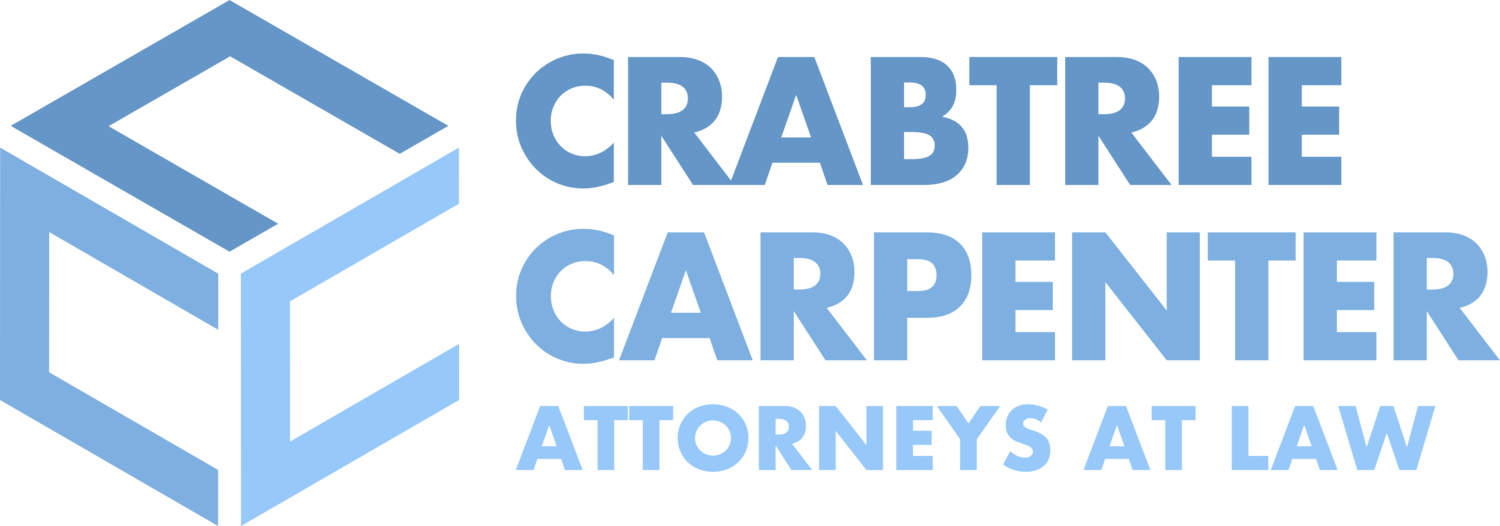Serious Accidents Can Quickly Exceed Your Policy Limits
Greg is married and the father of three small children. He is driving home from work when a distracted driver blows through a stop sign and slams into his car. After a long hospitalization, two surgeries, extensive physical therapy and two months away from work, Greg contacts a lawyer to help him and his wife sort through a mountain of bills and insurance red tape.
“Greg,” says his lawyer a week later after a short investigation. “I have bad news: The distracted driver was uninsured and has no appreciable assets. Here’s worse news: We can only recover part of the damages for the injuries you suffered because you purchased the minimum amount of uninsured/underinsured coverage available in your auto insurance policy. I’m afraid you and your wife will have to cover the difference.”
This scenario is all too familiar to those of us who help good people hurt in bad car accidents. They often think they have “full coverage” if they have met the insurance requirements to drive a car in their state. If you already have auto insurance or are thinking about buying coverage, consider these tips:
Tips for Analyzing Your Policy or Buying New Insurance
1. Check your liability limits
If you are at fault in an accident and the other driver’s damages exceed available benefits, you can be held personally liable. In other words, you could lose your savings or your house. And while the minimums in your policy might seem like a lot of money, it can quickly vanish. Many insurance experts suggest beefing up liability limits to at least $100,000 for injuries caused to one person, $300,000 to two or more and $50,000 for damage to the other car. Even more might be required if you own a home or have appreciable assets. Also consider adding relatively inexpensive “umbrella” coverage to your existing liability and uninsured/underinsured benefits for more protection.
2. Review Personal Injury Protection (PIP)
If you live in a “no-fault” state, you will turn first to your Personal Injury Protection (PIP) for payment of wage loss, medical bills and other expenses from an injury crash for yourself or others in your car. If these benefits run out, you can make a claim on the negligent driver’s liability coverage. PIP benefits can be increased, or you can “stack” them if you have more than one car on your policy. PIP benefits or something similar might also be available in states without no-fault insurance requirements, but you should discuss this coverage with your insurance agent.
3. Look Hard at Uninsured/ Underinsured Benefits
One in eight drivers across America is driving uninsured, according to the Insurance Research Council. Many more drivers carry minimum liability protection. If you are in an accident with a uninsured/underinsured driver, you may need much more coverage than the minimums available in your insurance policy.
4. Review the “Extras”: Comprehensive and Collision
Your first priority should be protecting yourself and your family with adequate levels of liability, PIP (where applicable) and underinsured/uninsured benefits. If you’ve achieved that goal, then decide if the annual cost of comprehensive or collision makes sense given the value of your car.
5. Research Your Insurance Company
If you get into an accident and have to file a claim, will your insurance company be prompt and helpful? What is their financial rating? Do some research on any insurance company you are considering. Check with your state department of insurance to access financial ratings, and use websites like Consumer Reports or the Better Business Bureau to investigate a company’s customer service record.
6. Get It in Writing
Before you sign any policy, read it through completely. Request a detailed breakdown of all charges and make sure you are paying exactly what the insurance company has quoted. This glossary of insurance terms can help make the lingo a bit less confusing.
7. Finance Your Premium
More often than not, financing your premium will be less expensive. Paying your entire coverage for six months or a year instead of paying monthly will most likely lower your rate.
8. Get Accident Forgiveness
Ask the insurance company if they offer accident forgiveness. Under a plan that includes this coverage, your rates won’t go up after your first accident.
9. Receive All Possible Discounts
There are many different discounts you may qualify for, including some that you may not even know exist. Ask the insurance company for a complete overview of every possible discount to see what you may qualify for. Some examples of discounts include:
- Multi-Vehicle: Insuring more than one vehicle at a time.
- Anti-Theft: This discount applies to those who own a car with a theft-deterrent device.
- Good Student: Full-time high school and college students who maintain good grades.
- Low Mileage: The average American driver travels 12,000 miles a year. You may be eligible for a discount if you travel below this average.
- Good Driver: Given to those who do not receive speeding tickets or other types of driving violations.
- Preferred Parking: Having covered or secured parking can keep your car from being hit in a general parking lot or on the street.
10. Finally, Shop Often
The insurance company you purchased from 10 years ago may not still be your best bet. David Marlett, Chair of the Department of Finance, Banking and Insurance at Walker College of Business encourages policy holders to shop around every three years. He also suggests that shopping after a major life change – marriage, a child turning 16 or a move to a new city – is a good plan.
This is a simplified overview of auto insurance coverage. If you’ve been in an accident, call us as soon as possible to discuss the specifics of your particular situation.
This article appeared in our March 2016 "You Should Know" e-newsletter.


